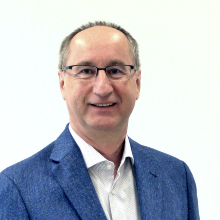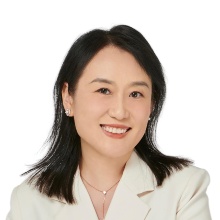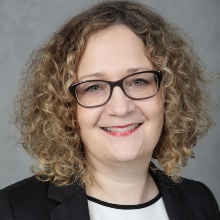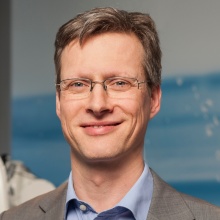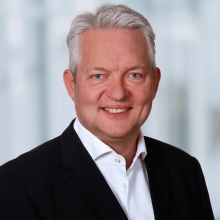Scientific coordination team
Prof. Dr. Monilola Olayioye, Institute of Cell Biology and Immunology
Prof Dr. Laura Na Liu, 2nd Physics Institute
Prof. Dr. Syn Schmitt, Institute for Modelling and Simulation of Biomechanical Systems
E-Mail
Contact

Monilola Olayioye
Prof. Dr.Scientific coordination team, biotechnology and bioengineering

Laura Na Liu
Prof. Dr.Scientific coordination team, sensors and nanotechnology

Syn Schmitt
Prof. Dr.Scientific coordination team, biointelligent devices and robotics


















